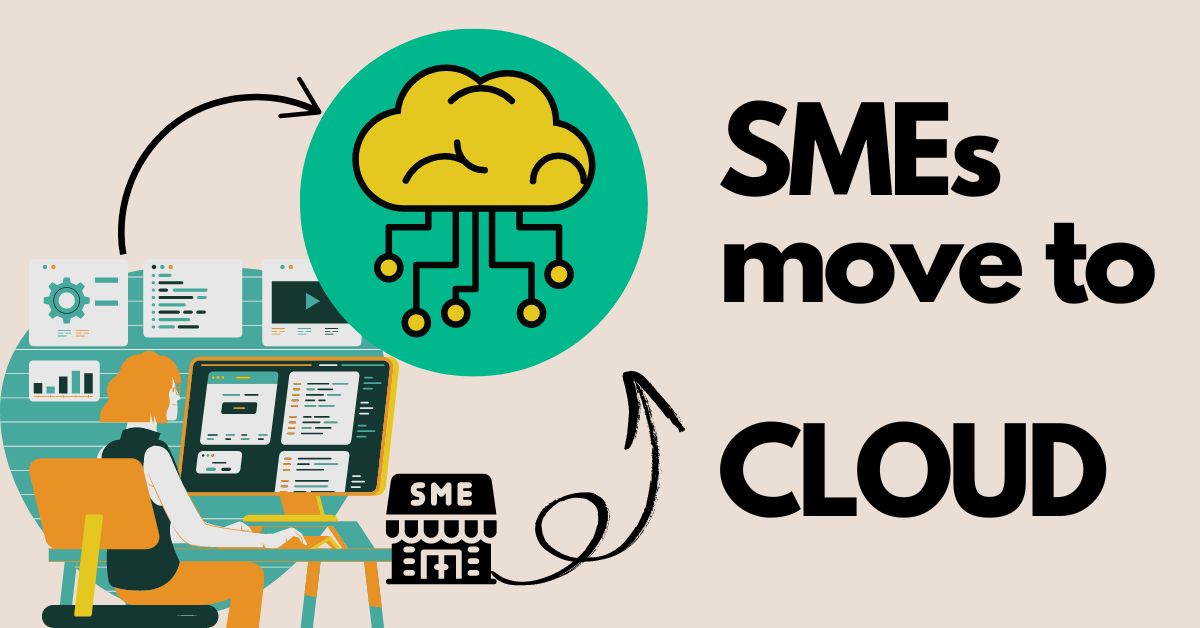Booming Businesses: The Impact of Indian SMEs

SME Contributions to the Indian Economy
Small and medium enterprises (SMEs), often referred to as MSMEs in India, are the backbone of the Indian economy. Their contribution to the nation’s overall growth is undeniable and multifaceted. They represent a significant portion of India’s GDP, employing millions and generating a substantial amount of revenue. These businesses, ranging from tiny workshops to larger manufacturing units, are crucial for driving economic activity across diverse sectors. Their contribution extends beyond mere economic output; they play a vital role in fostering innovation, entrepreneurship, and competition within the market. The sheer number of SMEs ensures widespread economic participation, reducing regional disparities and creating opportunities in even the most remote areas. Furthermore, the flexibility and adaptability of SMEs allow them to respond quickly to changing market demands, contributing to a dynamic and resilient economy. The significant contribution of SMEs to job creation is particularly noteworthy, providing employment for a vast segment of the Indian population, many of whom are from rural areas and would otherwise struggle to find work. Their widespread presence ensures a broader distribution of income and wealth across the country. The ongoing growth of the SME sector is therefore essential for continued and inclusive economic development in India.
Challenges Faced by Indian SMEs
Indian SMEs face a multitude of challenges that hinder their growth and contribution to the national economy. Access to finance remains a significant obstacle. Many SMEs struggle to secure loans from traditional banking institutions due to perceived high risk and lack of collateral. This often forces them to rely on informal lending sources, which can be expensive and unsustainable. Furthermore, the complex and often bureaucratic regulatory environment adds to their difficulties. Navigating licensing procedures, tax regulations, and labour laws can be time-consuming and costly, diverting resources from core business activities. The lack of access to modern technology and infrastructure also presents a major challenge. Many SMEs, particularly those in rural areas, lack access to reliable electricity, internet connectivity, and advanced equipment, limiting their productivity and competitiveness. Competition from larger, more established businesses, both domestic and international, can also be intense, putting pressure on smaller enterprises to keep prices low and maintain quality. The skills gap is another significant issue. Many SMEs struggle to find and retain skilled employees, hindering their ability to innovate and expand. This is exacerbated by the lack of adequate vocational training and education in many parts of India. Finally, the volatility of the Indian economy, particularly fluctuations in commodity prices and exchange rates, can significantly impact the profitability and sustainability of SMEs. Addressing these challenges is crucial for unlocking the full potential of the MSME sector and ensuring its continued contribution to India’s economic growth and job creation.
The informal nature of a large portion of the SME sector in India further complicates the challenges. Many small businesses operate outside the formal economy, lacking the necessary registrations and licenses. This makes it difficult for them to access formal credit, participate in government support schemes, and benefit from various economic incentives. This informality also limits their ability to scale up and compete effectively with larger, more formal businesses. The lack of proper record-keeping and accounting practices within the informal sector further hinders access to finance and makes it difficult to assess their true contribution to the GDP.
Moreover, the impact of global economic shocks and unforeseen events, such as the recent pandemic, disproportionately affects SMEs due to their limited financial reserves and resilience. The lack of robust risk management strategies and business continuity plans further exacerbates their vulnerability. Consequently, supporting SMEs to formalise their operations, improve their financial management practices, and build resilience to external shocks is critical for ensuring their long-term sustainability and contribution to India’s economic growth.
Growth Strategies and Support for SMEs
Several strategies can be implemented to foster the growth and development of India’s SMEs. Access to finance is paramount, and initiatives such as government-backed loan guarantee schemes and microfinance institutions can play a crucial role in providing much-needed capital. Simplifying the regulatory environment, reducing bureaucratic hurdles, and promoting digitalisation of processes can significantly ease the burden on SMEs. This includes streamlining licensing procedures, simplifying tax regulations, and implementing online platforms for various business registrations. Investment in infrastructure development, particularly in rural areas, is also vital to improve connectivity, access to electricity, and other essential services that SMEs rely on. This includes initiatives to improve internet penetration and reliable power supply, crucial for productivity and competitiveness.
Furthermore, promoting skill development and vocational training programs can address the skills gap within the SME sector. Collaborations between educational institutions, industry bodies, and SMEs can create tailored training programs that meet the specific needs of businesses. Government support in this area could include subsidies for training, apprenticeships, and skill development initiatives. Encouraging the adoption of modern technology and innovation is crucial for enhancing productivity and competitiveness. This can be achieved through targeted government subsidies, tax incentives, and technology transfer programs. Furthermore, promoting entrepreneurship and innovation through incubators and business accelerators can foster the growth of new and innovative SMEs.
Supporting the formalisation of the SME sector is essential for unlocking its full potential. Government initiatives aimed at simplifying the registration process, providing incentives for formalisation, and improving access to formal credit can encourage more SMEs to transition into the formal economy. This includes simplifying tax compliance procedures, reducing the burden of paperwork, and providing assistance with compliance requirements. Improving access to market information and business development services can also empower SMEs to make informed decisions and improve their competitiveness. This could involve establishing business information centres, providing access to market research data, and facilitating networking opportunities. Government support in the form of grants, subsidies, and tax breaks can also incentivize SMEs to adopt best practices in areas such as financial management, environmental sustainability, and social responsibility. The success of these strategies depends on effective implementation, monitoring, and evaluation to ensure that the support reaches the intended beneficiaries and achieves its objectives. The ultimate goal is to enable India’s SMEs to become significant drivers of economic growth and job creation, fostering inclusive and sustainable development.
Promoting collaboration and networking amongst SMEs can foster knowledge sharing, innovation, and collective bargaining power. Industry associations and business networks can play a crucial role in facilitating these collaborations. Government support in this area could involve funding for industry associations, facilitating networking events, and promoting the development of industry clusters. Addressing the challenges faced by SMEs is crucial for unleashing their full potential and ensuring their significant contribution to India’s economic growth and job creation.
















